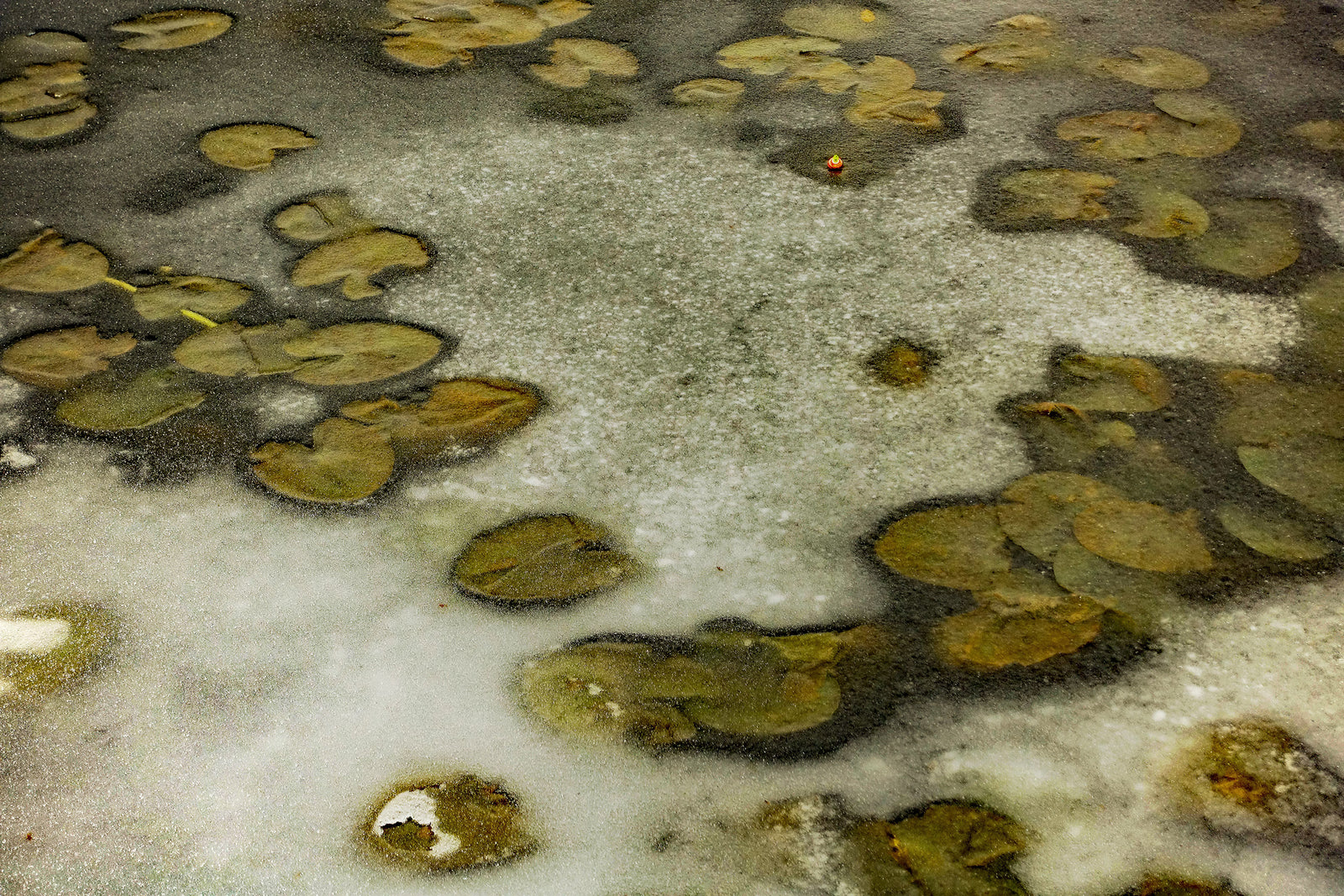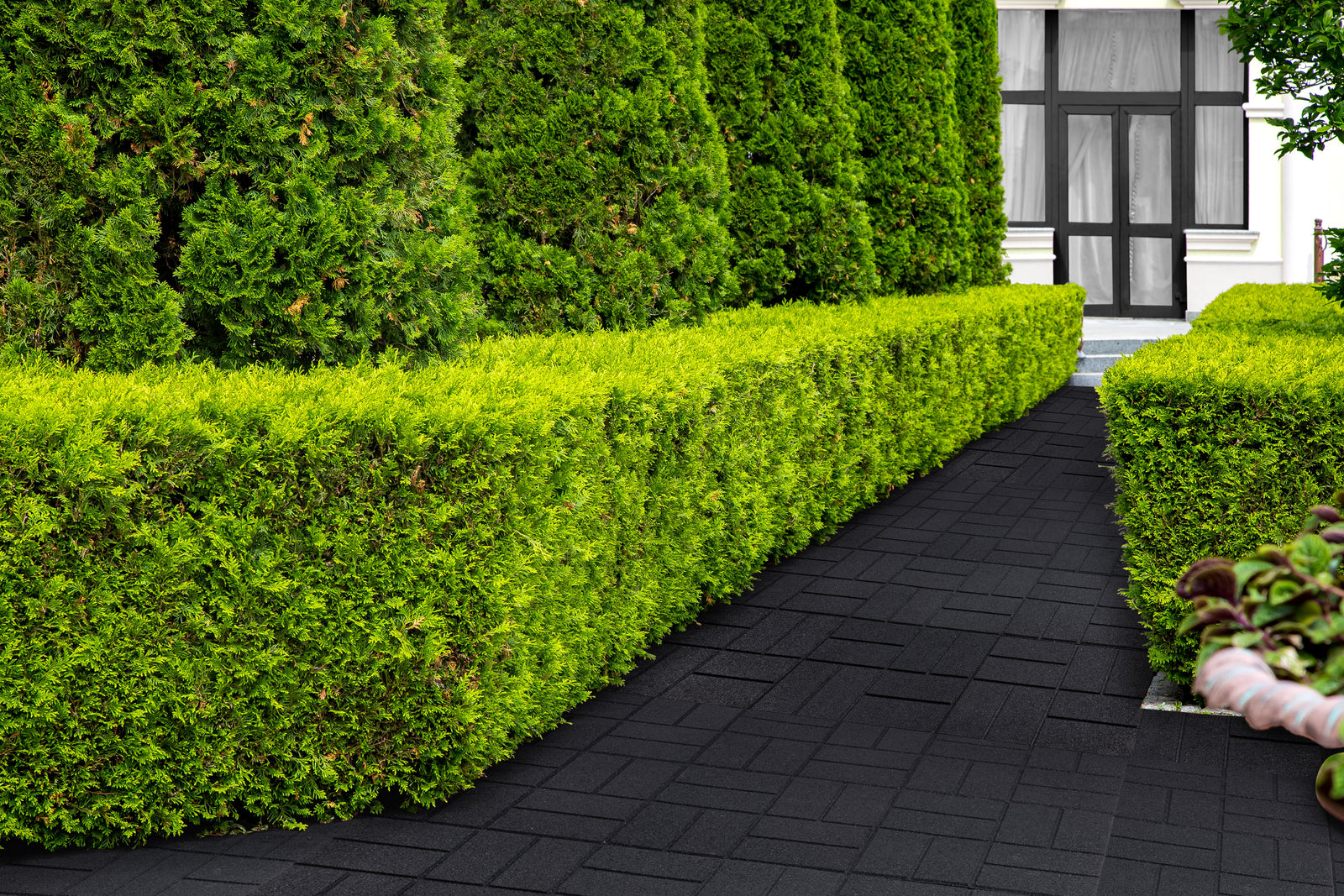December 20, 2023
Unconventional Winter Gardening Techniques to Enhance Plant Survival
Unconventional Winter Gardening Techniques to Enhance Plant Survival
Windbreaks, rubber mulch, and hoop houses are unconventional yet effective winter gardening techniques that enhance plant survival. Frost, freezing temperatures, strong winds, snow, and ice all pose a threat to plants over winter, highlighting the need for robust protection. Fortunately, with smart techniques that go beyond conventional measures, you can successfully protect your garden from winter's adversities, ensuring your plants not only endure but thrive over the coming months.
Shield plants with windbreaks
Windbreaks — protective barriers like fences and evergreen shrubs — shield plants from the drying and chilling effects of strong winter winds. In turn, they ensure a stable microclimate with minimal temperature fluctuations over winter. To incorporate windbreaks into your garden, start by identifying any particularly wind-prone areas where plants may be vulnerable to damage. Next, select your windbreaks — fences and walls are always effective, while evergreen shrubs also offer visual appeal. Position your windbreaks on the windward side of plants, so they intercept and redirect wind away from delicate vegetation.
You can also add rubber mulch to create a more comprehensive windbreak system. Rubber mulch — ideally, at least two to four inches deep — lends an additional protective layer against wind chill and soil erosion. For open areas prone to strong winds, consider extending rubber mulch windbreaks along entire garden borders. Creating a continuous protective barrier creates a more resilient garden environment for winter plants.
Protecting cold-hardy plants with rubber mulch
Rubber mulch insulates plants from extreme temperatures, retains moisture, and suppresses weeds, therefore enhancing winter plant survival. In particular, plants like boxwood, rhododendron, and holly — which retain their foliage throughout winter — can benefit from the added insulation, which protects their roots from temperature fluctuations. In turn, you'll successfully maximize the lifespan of these plants and shrubs. Similarly, shrubs like winter-blooming camellias and witch hazel are also well-suited to rubber mulching. The weed suppression and moisture retention qualities of rubber mulch can help them thrive over winter. And, if you have any low-growing shrubs and ground cover, rubber mulching can also help them maintain a clean and tidy appearance.
Ideally, apply rubber mulch before freezing conditions set in. This gives the mulch time to settle and form a stable layer before winter weather intensifies. Also, avoid direct contact between the rubber mulch and plant stems. Leaving a small gap around the base of each plant prevents excess moisture retention and rot. It’s also important to periodically inspect the mulch and replenish or redistribute it as needed — especially after heavy rain or wind events.
Extend the growing season with hoop houses
Hoop houses trap solar heat and create a microclimate around plants, therefore allowing you to successfully overwinter tender shrubs or flowers that may be susceptible to frost damage. Hoop houses are essentially portable houses made with curved hoops covered in translucent material that protect plants and keep out the cold — similar to a mini-greenhouse. Rubber mulch is also an effective insulative addition here. If the terrain is sloped or prone to water runoff, in particular, rubber mulch provides a protective layer that minimizes the impact of runoff, promoting soil stability and plant health. Ideally, position your hoop house somewhere that receives sufficient sunlight — crucial for winter plant health. It’s also important to ensure adequate ventilation — via adjustable vents, doors, and openings — therefore preventing excessive humidity, mold, and disease. Also, perform any necessary winter pruning before placing your plants inside the hoop house. Pruning shapes the plants while removing dead or diseased growth.
It’s also important to note that since rubber mulch can contribute to moisture retention, preventing soil from drying out, you need to monitor moisture levels in the soil over winter — especially in an enclosed environment like a hoop house where the risk of overhydration is higher. So, adjust your watering practices as needed to prevent overhydration. Although many plants are dormant over winter, some still require occasional watering, and hoop houses ensure a drier environment that should be accounted for.
Windbreaks, rubber mulch, and hoop houses are unconventional yet effective winter gardening techniques that enhance plant survival. By implementing these protective measures into your winter gardening strategy, you can ensure your plants endure and even thrive over the coming months.

Also in Rubber Mulch Blog

Embracing Eco-Friendliness by Choosing Rubber Mulch for Your Playground
June 17, 2025
“Reuse, Recycle, and Reduce” are three main aims when it comes to preserving the health of our planet. Rubber mulch definitely falls within their scope. Conserving resources, energy efficiency, and better health for kids are all rubber mulch benefits.

Effective Mold and Fungi Prevention: The Hidden Value of Rubber Mulch
October 31, 2024

Create Your Own Sensory Path with Rubber Pavers
October 28, 2024
shop
Copyright © 2025 RubberMulch.com - All Rights Reserved.






